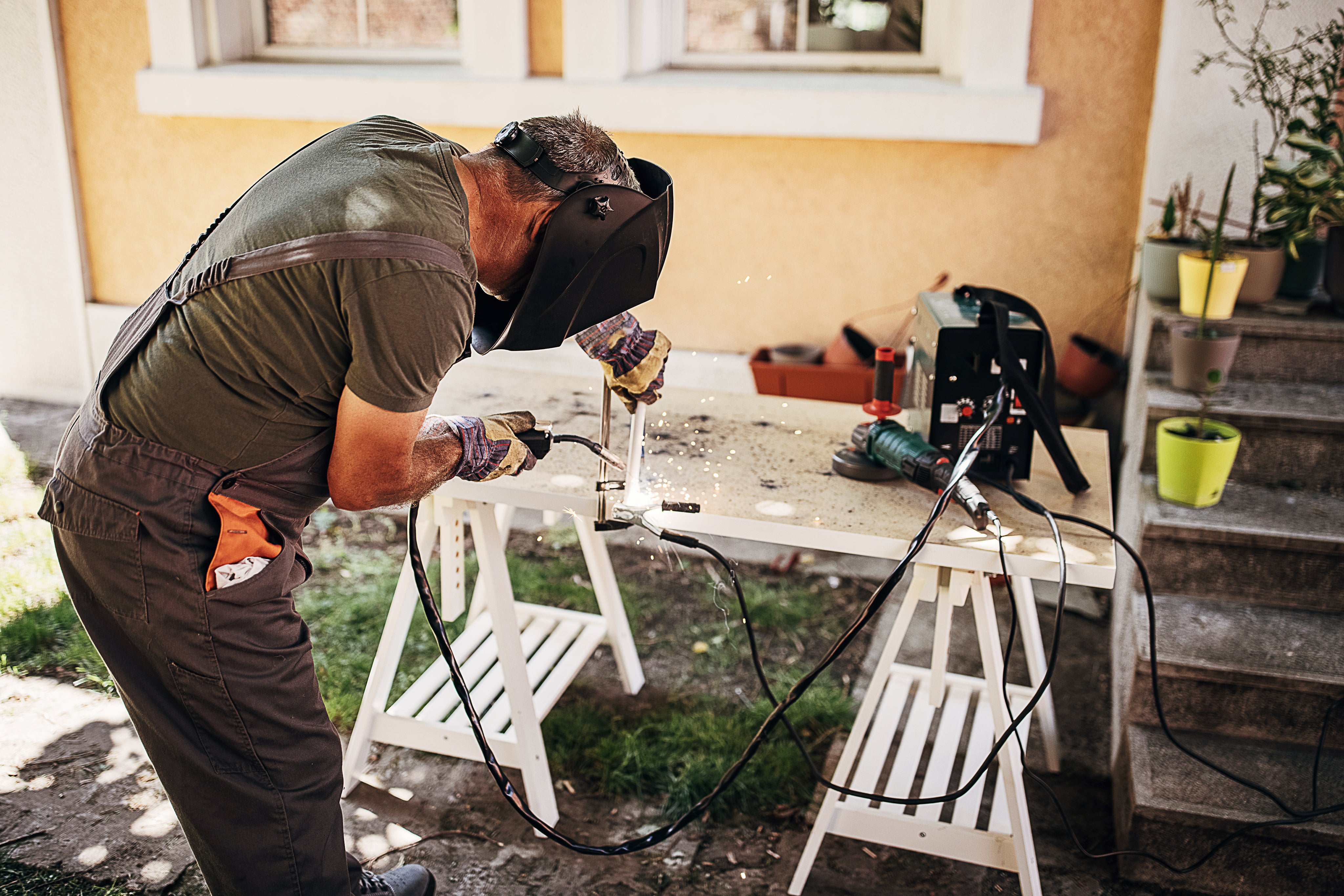Buying your first welding machine may seem like a massive mission with all the different types of welding and heaps of terms and acronyms to wrap your head around. But don't sweat it! We've put together this article to take the stress out of it and make choosing your first welder a piece of cake. Our goal is to get you up and welding like a pro in no time. So, let's dive in and demystify the process!
Three main types of electric arc welding:
When it comes to electric arc welding, there are three main types you'll come across with your average home/DIY welder: MIG, STICK, and TIG. Some welders are multi-function, so they can handle a mix of these three processes, while others are single-purpose and can only do one.
Oh, and just a heads up, Plasma Cutting is also an electric arc process, but it's used for cutting metals, not welding. It's officially called Plasma Arc Cutting (PAC).
MIG
MIG, or Metal Inert Gas welding, is all about using a continuous wire electrode that's heated up and fed into the weld pool with a welding gun.
You can do it with or without gas, depending on the type of wire you use. It's like the hot glue gun of welding.
That's why it's become super popular - it's versatile and easy to use.
STICK
STICK welding, also known as Manual Metal Arc Welding (MMAW), is the OG of electric arc welding. It's simple and straightforward. You've got a welder with an electrode holder where you chuck in an electrode, and then you "strike an arc" by creating a current between the electrode and your workpiece. The electrode melts and gets deposited onto the metal, welding it together.
Everything you need to weld is in that electrode, so you don't need to stress about gases or welding consumables like tips or nozzles. We're keeping it simple, mate!
TIG
Tungsten Inert Gas (TIG) welding. It's all about precision. You've got a pointed tungsten electrode that forms an arc with the workpiece, all in an inert atmosphere of Argon Gas, sometimes mixed with Helium. That intense arc is perfect for high-quality welding, and you can manually add metal into the weld pool with filler rods as needed. Sometimes, you can even fuse two pieces of metal together without any filler rod, forming an autogenous weld, especially when working with Stainless Steel or Chrome-Molly Steel.
But here's the deal, TIG welding ain't easy to master It's the type of welding you see on social media with those sick rainbow-colored welds. It takes a lot of practice and dedication to become a TIG welding pro. But hey, if you're up for the challenge, it's totally worth it!
Which Type do I want?
Alright, here's the lowdown. If you're keen on welding and want to have all the options at your fingertips, we reckon getting a multi-function machine is the way to go. It gives you the flexibility to do all three types of welding and learn whichever one you fancy. But keep in mind, it does come with a cost. It's not as pricey as it used to be, but it's still something to consider.
Now, if you're after a simple, no-fuss machine that's easy to pick up and perfect for quick repairs around the home, a Stick welder might be your best bet. It's small, portable, and great for DIYers who just need to do some occasional welding. It can work with most metals, just not aluminium.
But what if you're keen on building things, like welding up table legs or building that dream smoker for your backyard? Well, then it's time to check out MIGs. They're the most common for that kind of application, with a wire gun that makes welding a breeze. Plus, you can get proficient with them pretty quickly.
Or maybe you're into precise custom fabrication work or want to create metal sculptures. In that case, it's time to consider a TIG. It's the go-to choice for welding stainless steel exhaust systems, metal art, and aluminium. With a bit of practice, you can achieve those perfect welds. Just keep in mind that TIG welding has different currents for different metals, like AC for aluminium and DC for steel and stainless steel. So, make sure you get a TIG machine that's AC/DC High Frequency (HF) enabled if you want to weld aluminium successfully.
If you're liking the sound of all of the above, then, like we mentioned before, a multifunction machine might be your best bet. It saves you money in the long run compared to buying separate machines for each type of welding. So, think it through and make the right call.

